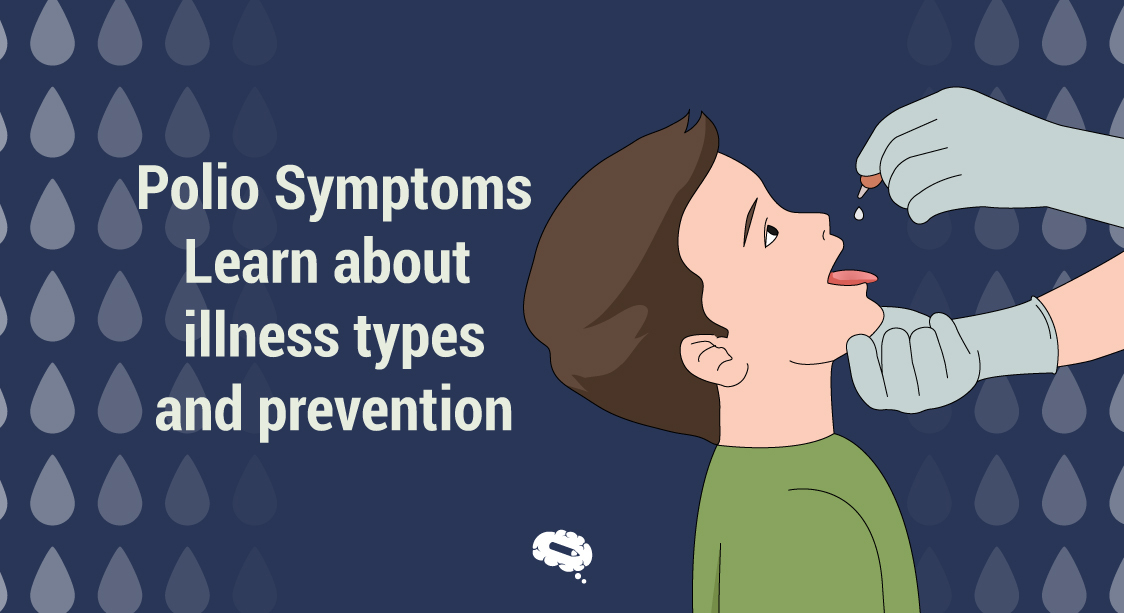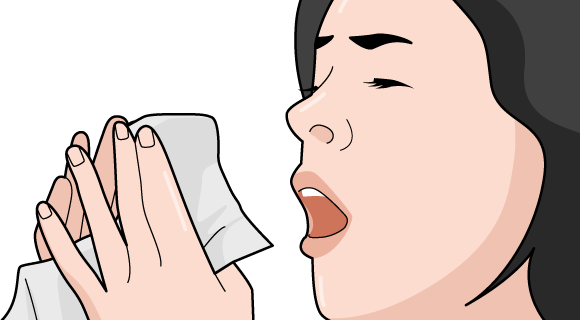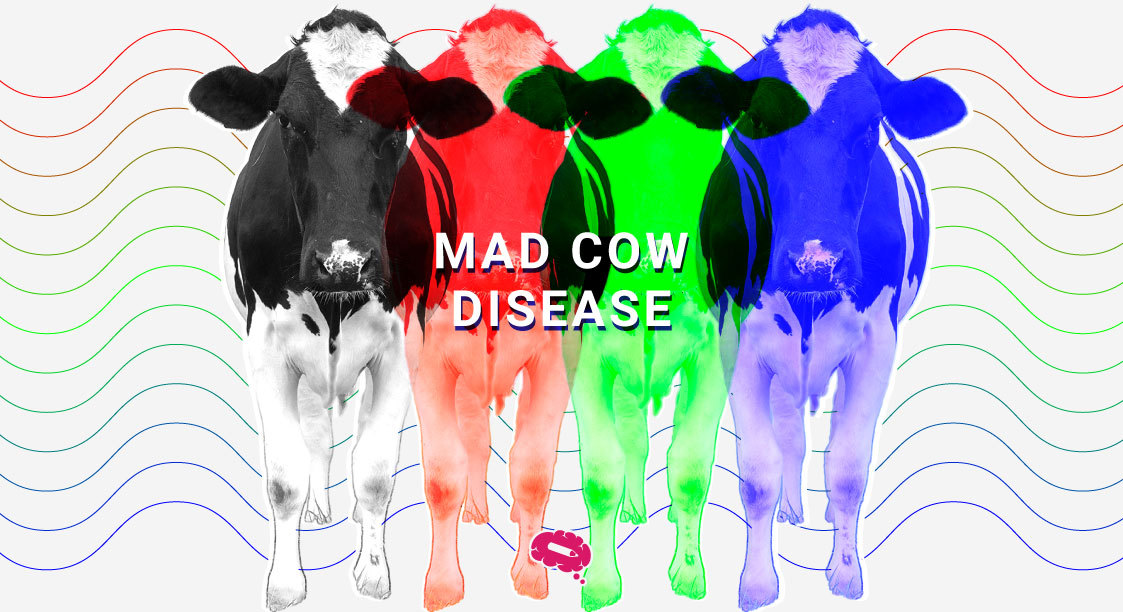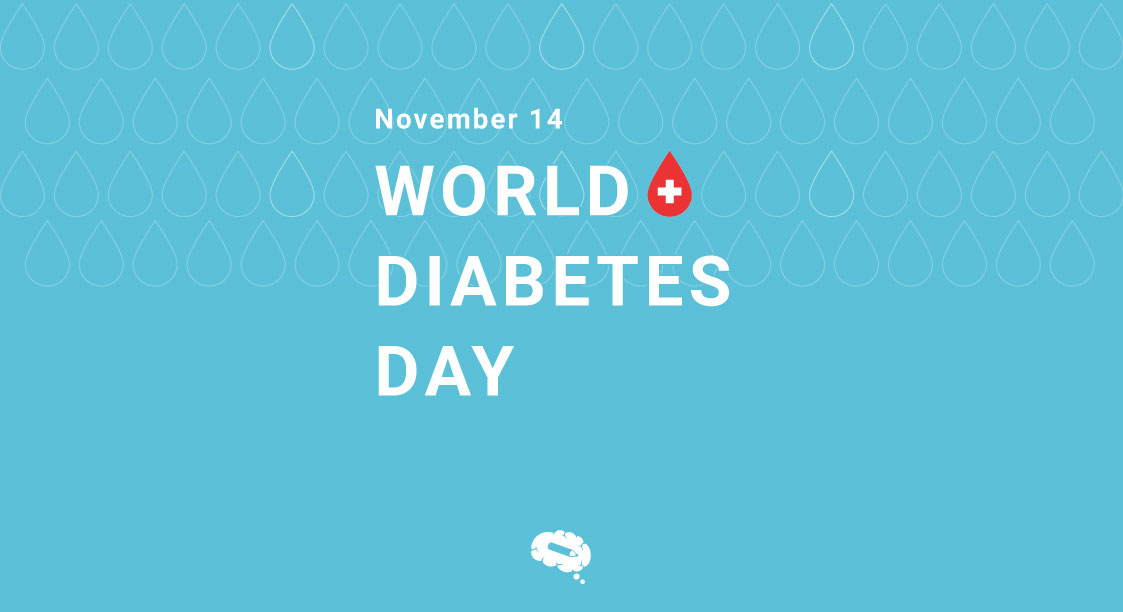Polio is a dangerous viral infection that was formerly widespread across the world. Polio is currently uncommon since vaccination efforts are effective prevention.
In this post, we will discuss the polio symptoms, how the transmission works, the types, and how to treat it.
What is polio and how does it spread?
Polio is a contagious viral infection spread by the poliovirus. The virus travels from person to person and the majority of people experience no or minor symptoms. But in its most aggressive form, it causes nerve damage, paralysis, respiratory problems, and, in extreme circumstances, death. Lifelong paralysis of the limbs or respiratory muscles happens in less than 1% of cases. People who get paralytic with polio will die in 5% to 10% of cases.
It is transmitted by water, food, or contaminated hands. The virus lives in the throat and intestines of an infected person and it enters the body through the mouth. Although the infectious agent may or may not show symptoms, the virus is still spread.
Types of Polio
Poliovirus (WPV) is classified into three types: 1, 2, and 3. Type 2 wild poliovirus was declared extinct in September 2015, with the last virus identified in India in 1999. Type 3 wild poliovirus was declared extinct in October 2019. It was spotted most recently in November 2012. Only wild poliovirus type 1 has persisted.
The symptoms of all three strains are the same, however, depending on where the virus replicates and infects, polio might impact your body differently. Check out the following examples:
Abortive Polio
This is the most common kind of polio. Abortive poliomyelitis includes flu-like and intestinal symptoms. It is simply temporary and has no long-term consequences.
Non-paralytic Polio
Some individuals who get poliovirus symptoms have this kind of polio that does not cause paralysis. This also causes the same mild, flu-like symptoms as abortive polio. However, it may induce aseptic meningitis, a swelling of the region around your brain that necessitates hospitalization.
Paralytic Polio
This most severe form of the condition is unusual. The first signs and symptoms of paralytic polio, such as fever and headache, are commonly misdiagnosed as nonparalytic polio. After a week, however, more serious signs and symptoms appear.
The poliovirus causes damage to your brain and spinal cord. It has the potential to paralyze the muscles responsible for breathing, speaking, swallowing, and moving your limbs. It’s named spinal polio or bulbar polio depending on which areas of your body are damaged. Spinal and bulbar polio can coexist (bulbospinal polio).
Post-polio syndrome
Post-polio syndrome is a combination of debilitating signs and symptoms that can occur years after having polio.
Poliocenphalitis
Polioencephalitis is an uncommon form of polio that primarily affects children and involves swelling in the brain.
Raise people’s awareness with detailed Polio infographics
Infographics are great for explaining complex subjects. With Mind the Graph, you can disseminate information such as Polio symptoms and prevention methods easily. Just drag-and-drop elements and scientifically accurate illustrations to build useful schemes.
What are polio symptoms?
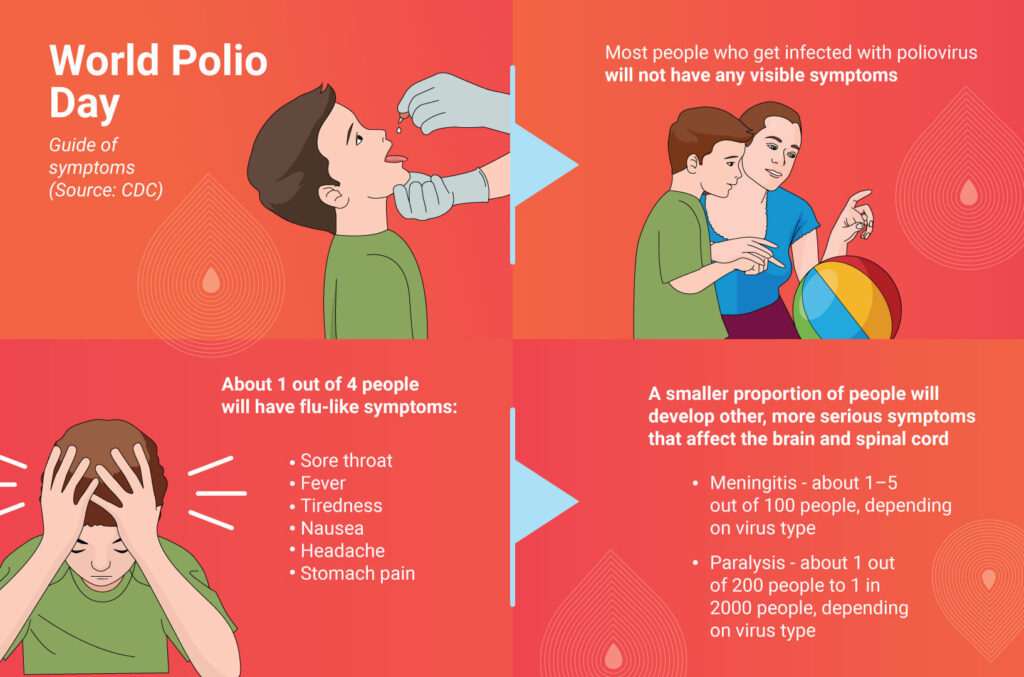
Abortive Polio
- Fever.
- Fatigue.
- Sore throat.
- Headache.
- Vomiting.
- Diarrhea or constipation.
Non-paralytic Polio
The signs of non-paralytic polio are the same as those for abortive polio, however, within a few days, other polio symptoms appear, such as:
- Photophobia.
- Stiffness in the neck.
- Severe migraine.
- Limb pain or pins and needles sensation.
Paralytic Polio
Paralytic polio symptoms are similar to those of abortive polio or non-paralytic polio, but it has further symptoms that appear after a few days or weeks.
- Touch sensitivity.
- Muscle spasms
- Paralysis of the arms or legs, or both (spinal polio).
- Difficult to breathe, swallow, and speak (bulbar polio).
- Symptoms of both spinal and bulbar polio (bulbospinal polio).
Poliocenphalitis
- Flu-like symptoms.
- Fatigue.
- Anxiety.
- Seizures.
Polio vaccination and treatment
People must be vaccinated against all three types of the virus to avoid polio, since polio vaccination provides the most effective protection. There are two types of vaccinations: oral polio vaccine and inactivated poliovirus vaccine. In most regions of the world, including the Americas and Europe, the inactive vaccination is the one administered. The live vaccination is only administered in areas where polio still exists naturally.
Health providers recommend four polio shots for children:
- First at two months old.
- Second at four months old.
- Third, between the ages of six and eighteen months.
- Booster for children aged 4 to 6.
Now, if you are an adult who has not been vaccinated:
- Two doses, one to two months apart.
- A third one will follow six to twelve months after the second.
It’s important to highlight that there are no particular treatments, no cure, and no means to make polio go away faster. If you suffer from paralytic polio, you will be given physical therapy. If your respiratory muscles are weakened or paralyzed, mechanical ventilation will be required to help you breathe. If you have minor symptoms the best way to improve from the symptoms is: to drink fluids, heating packs for muscular pain, a good amount of rest and painkillers if needed.
Long-term problems due to polio
Brace issues, knee recurvatum, growing weakness caused by overuse, and ankle equinus are the most prevalent long-term problems encountered in polio patients. Approximately 40% of individuals who have had polio will see some recurrence of symptoms as post-polio syndrome.
Visual is the key of scientific information dissemination
Including infographics and illustrations in scientific study is now much easier; simply select a template from the Mind The Graph collection that best matches your needs; there are over 65,000 scientifically accurate illustrations to represent any topic you wish.

Subscribe to our newsletter
Exclusive high quality content about effective visual
communication in science.

